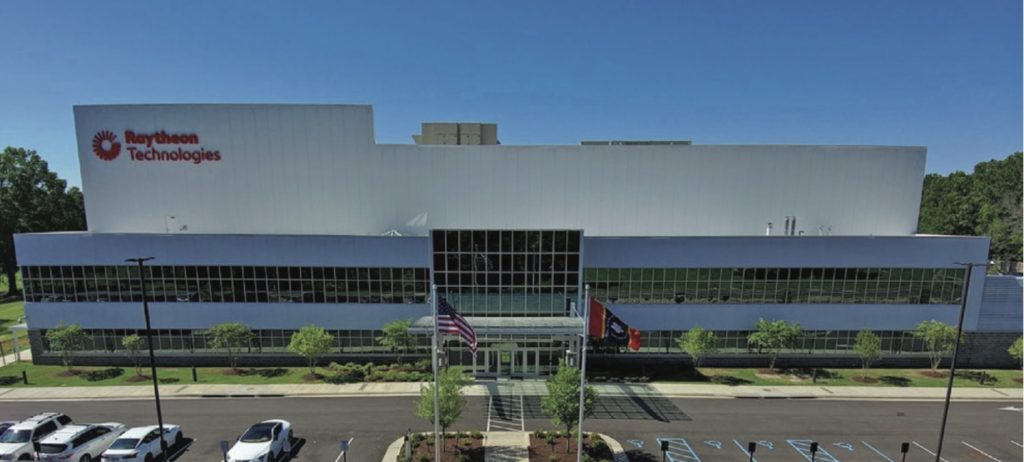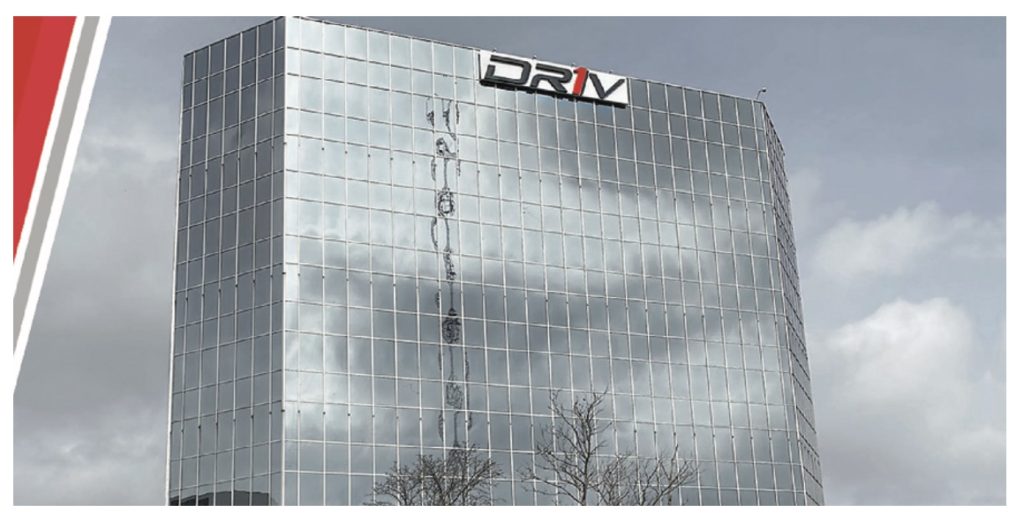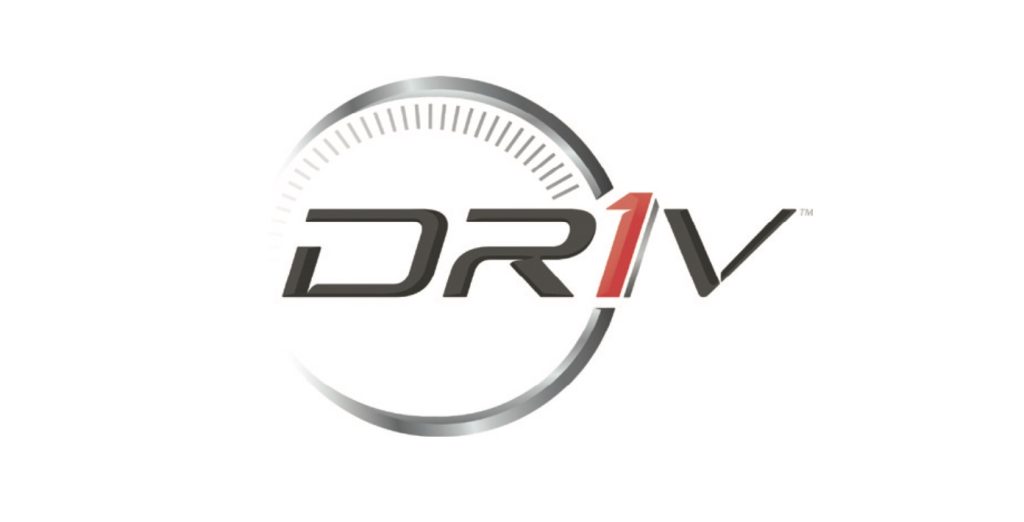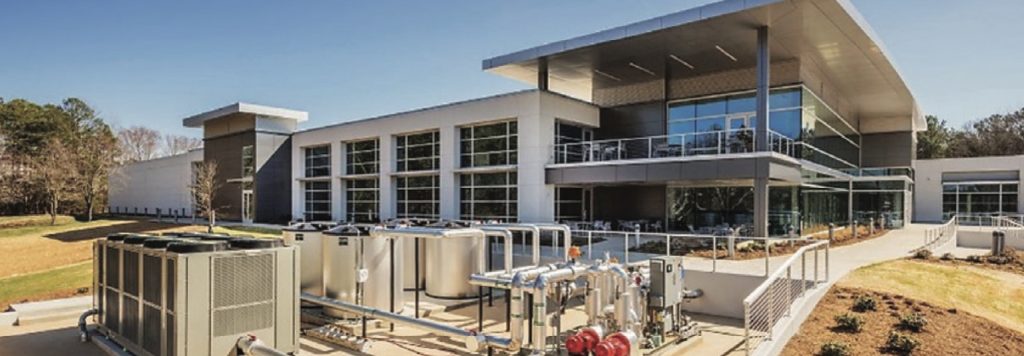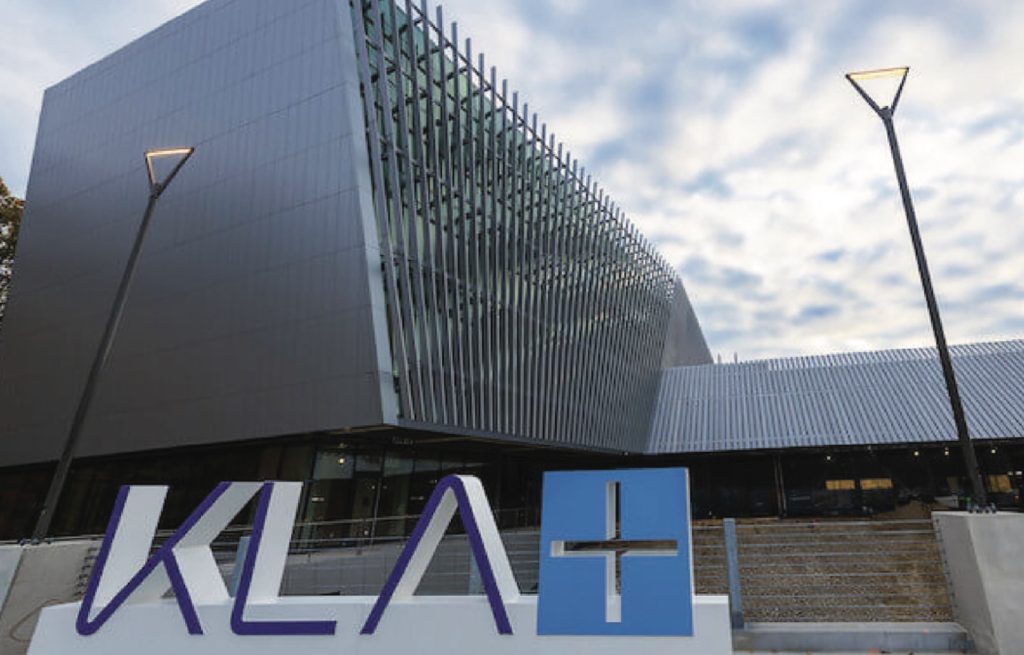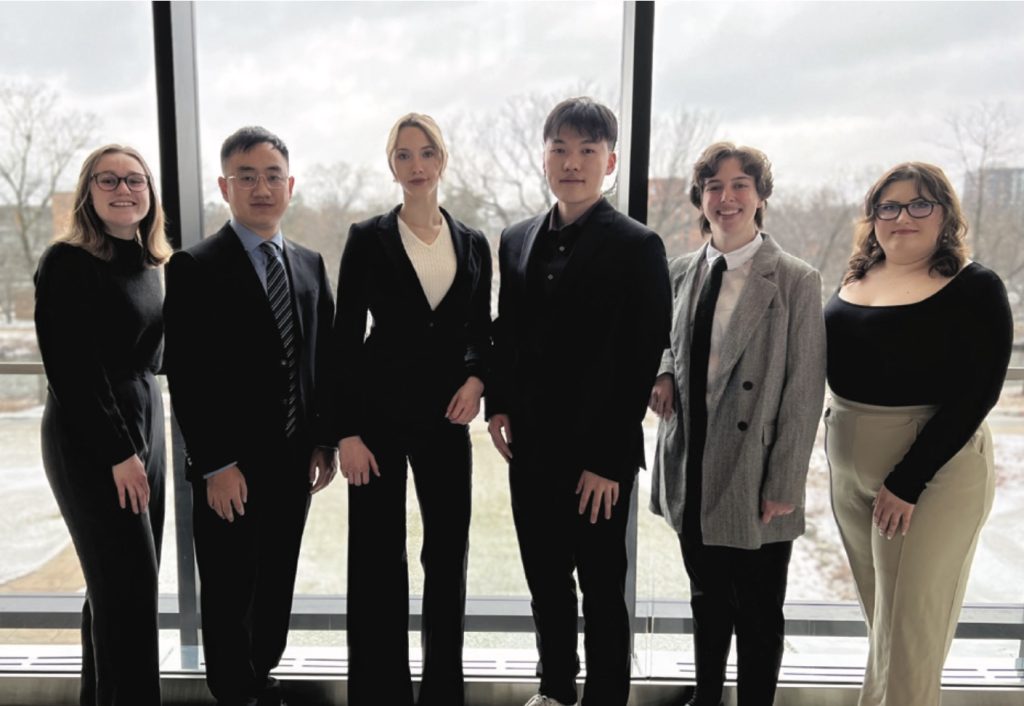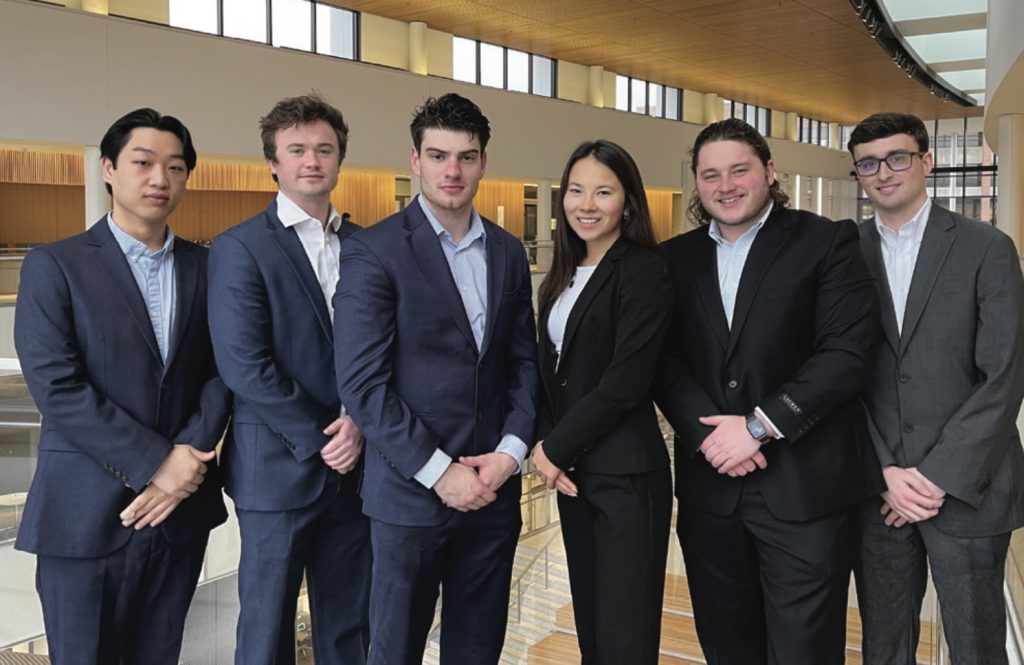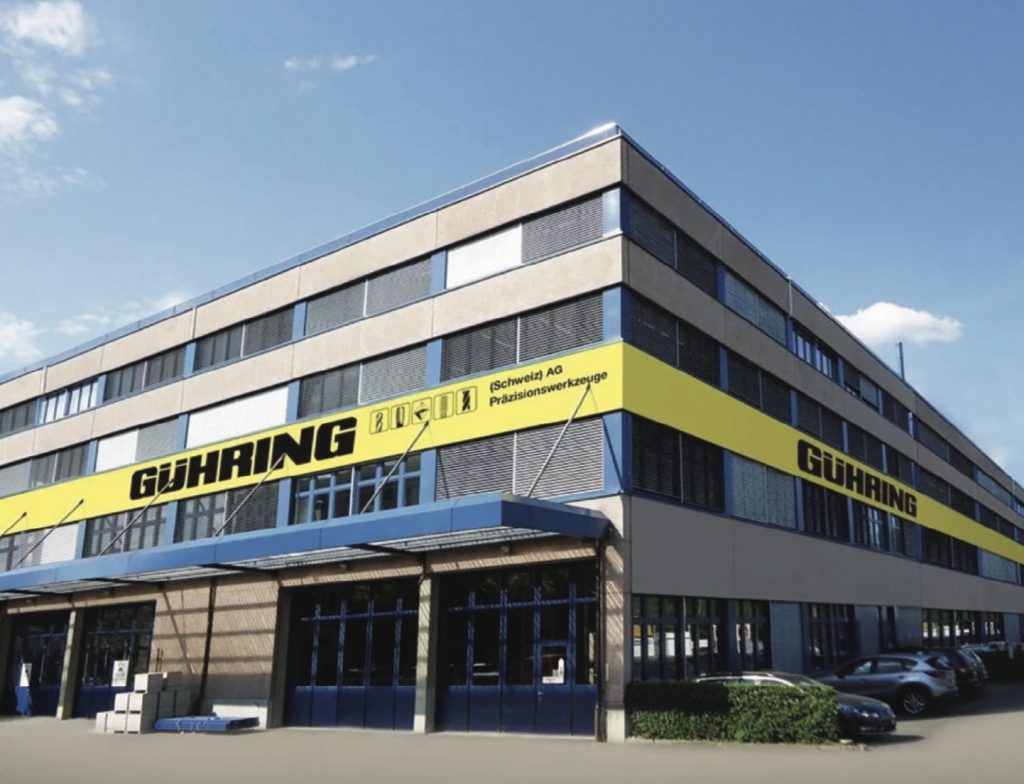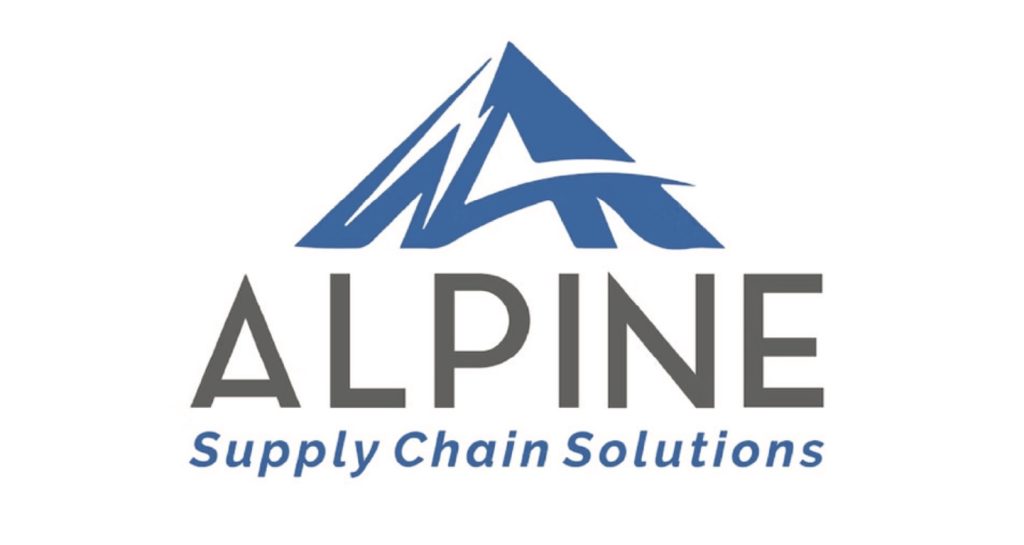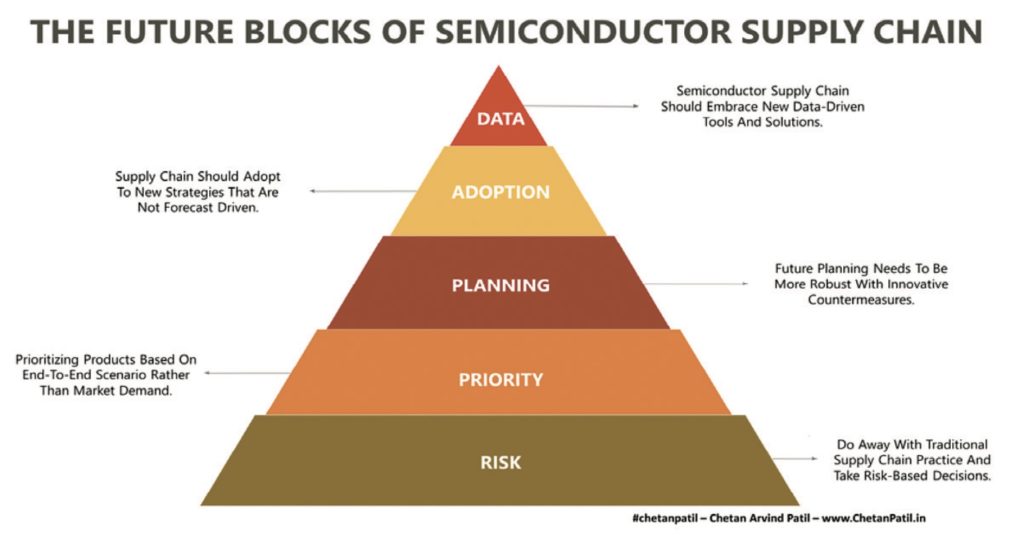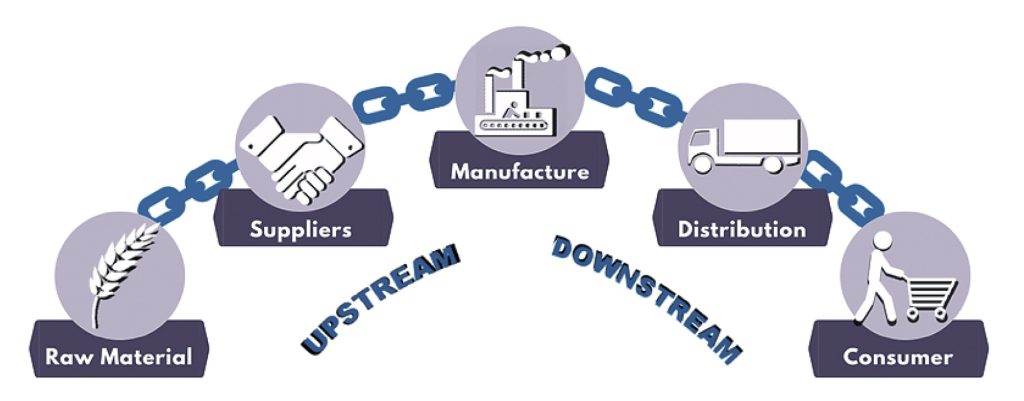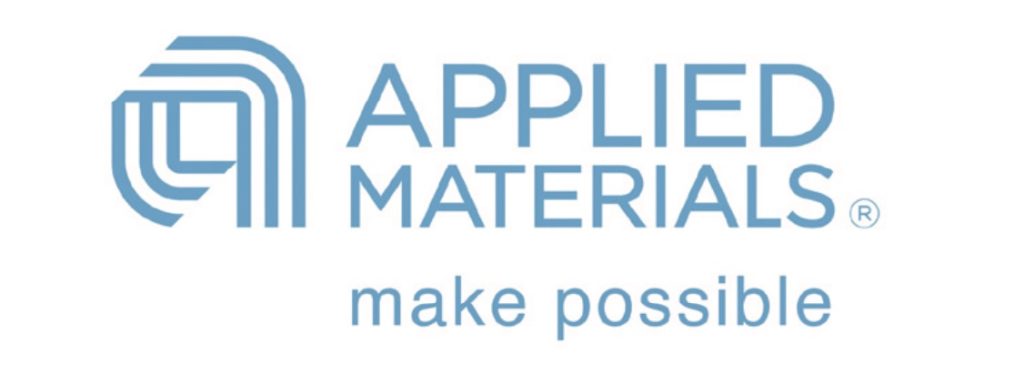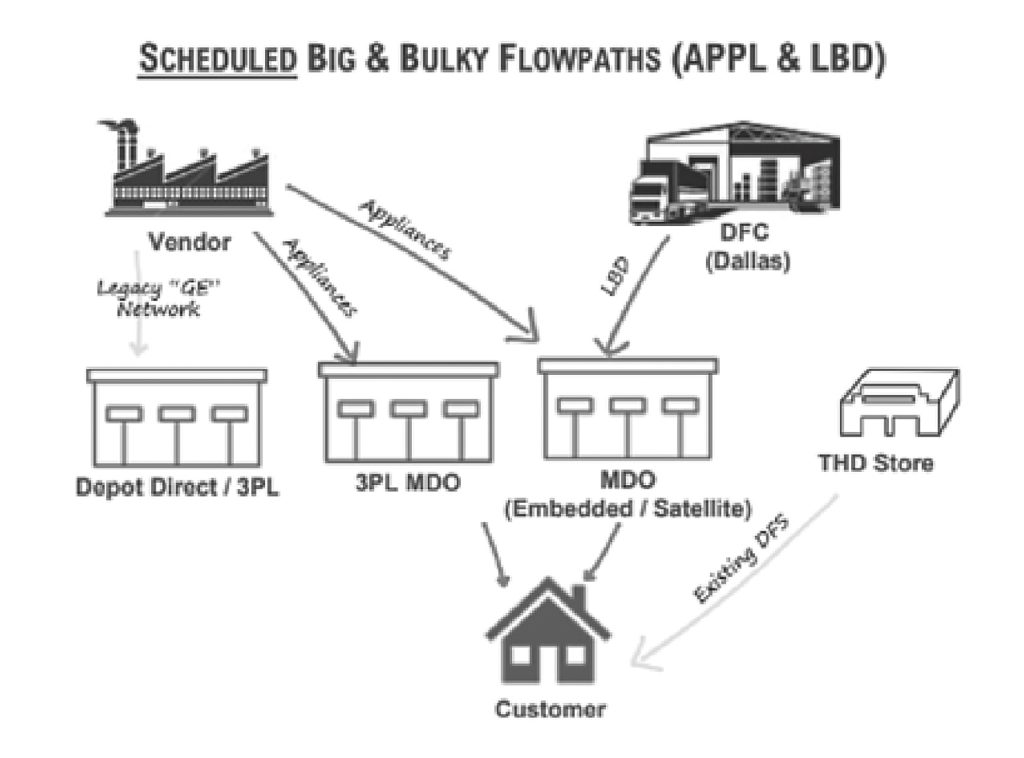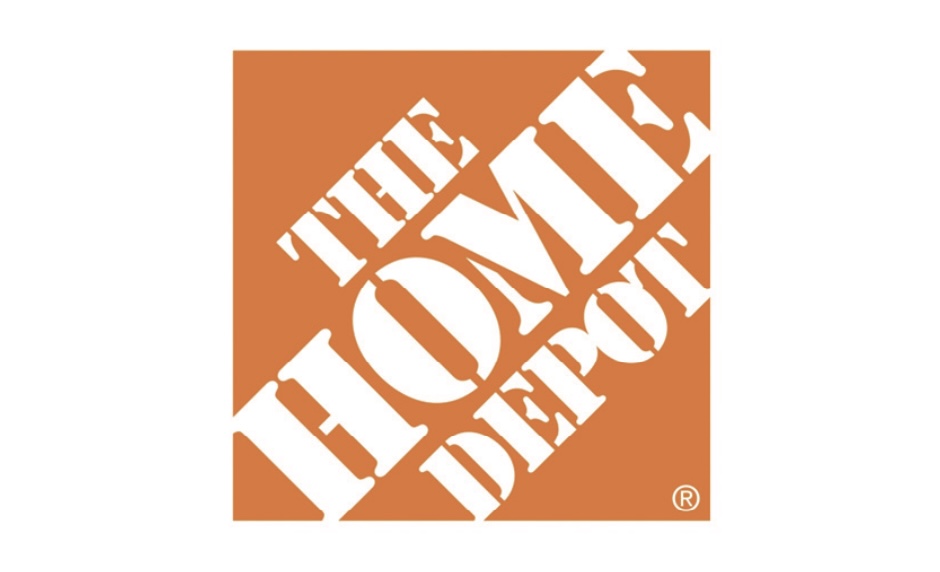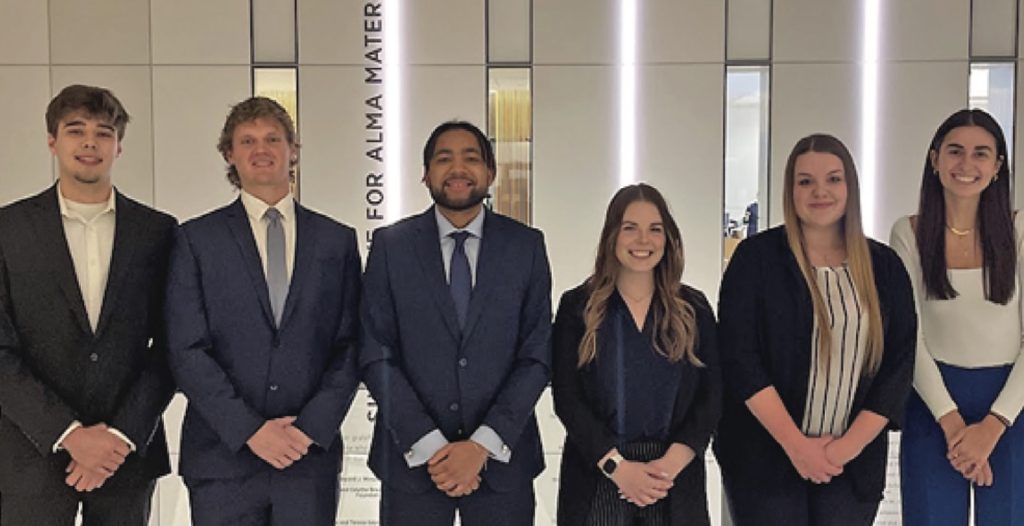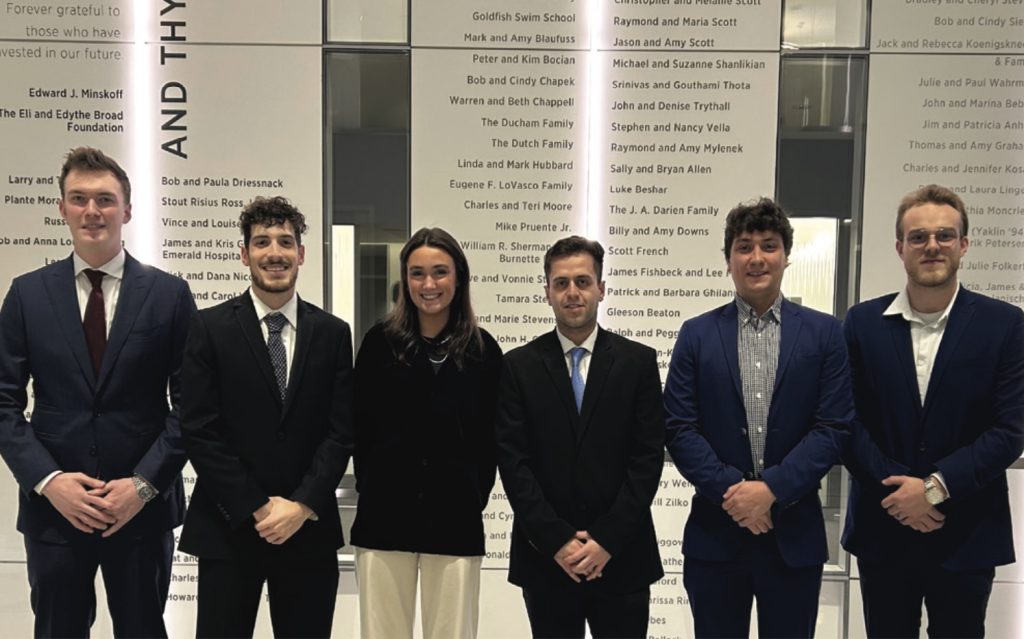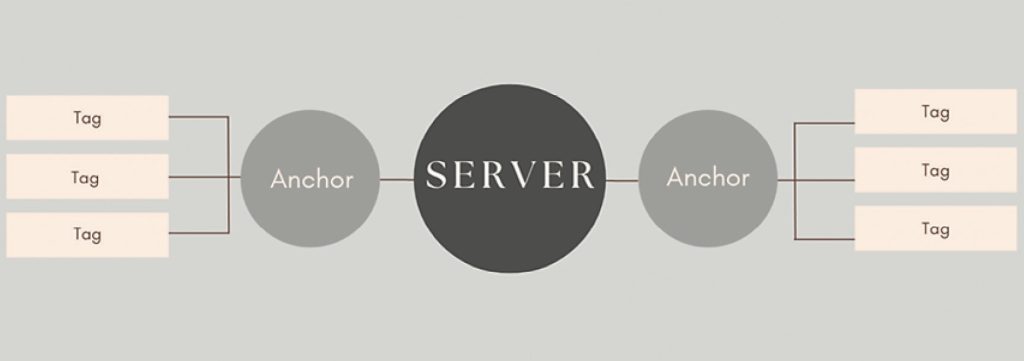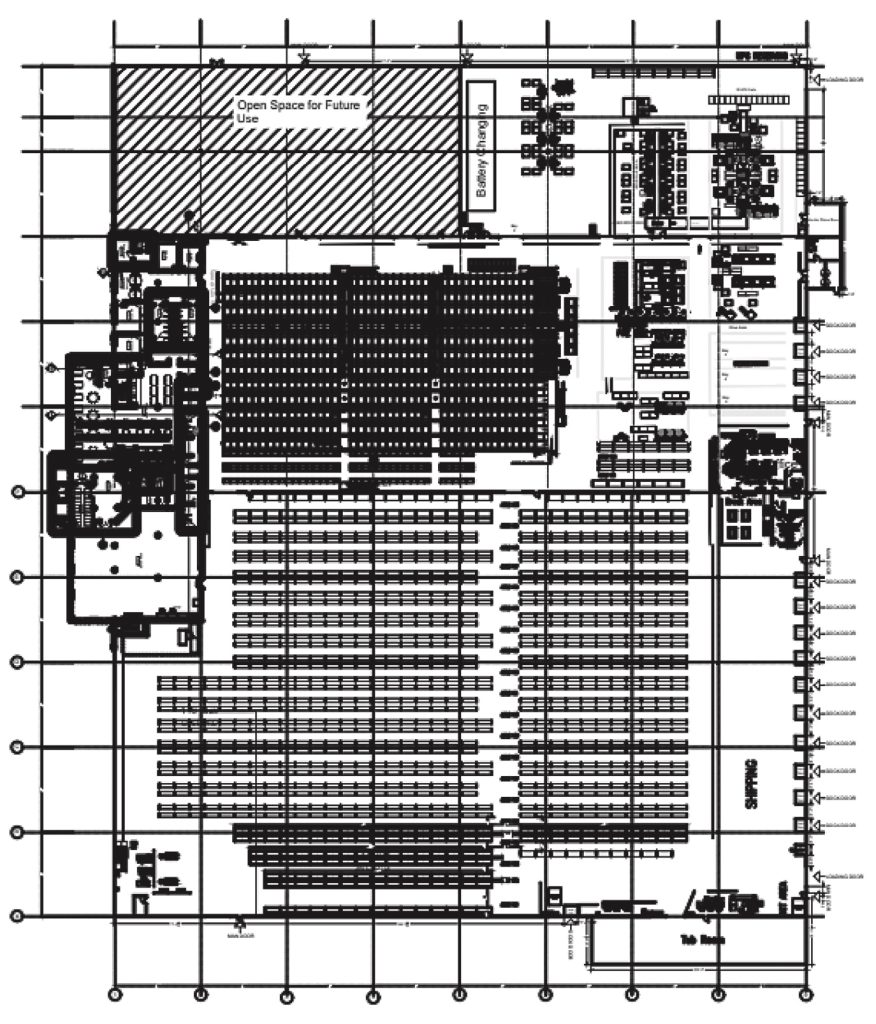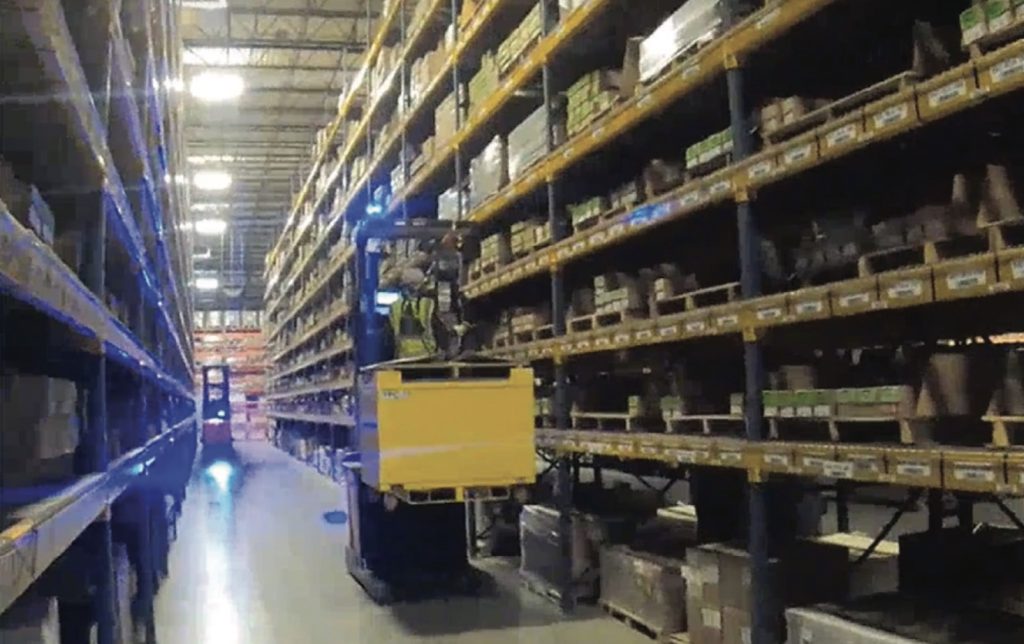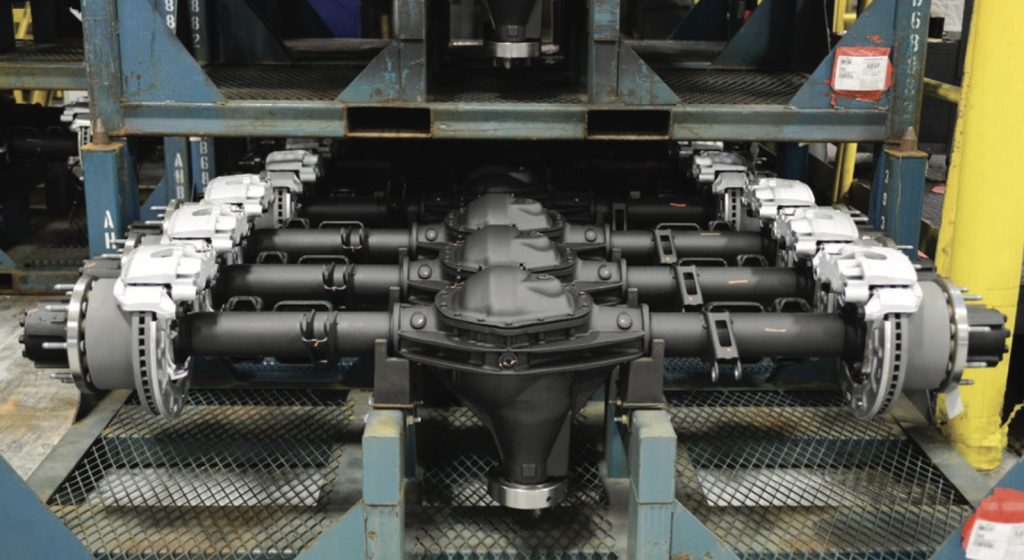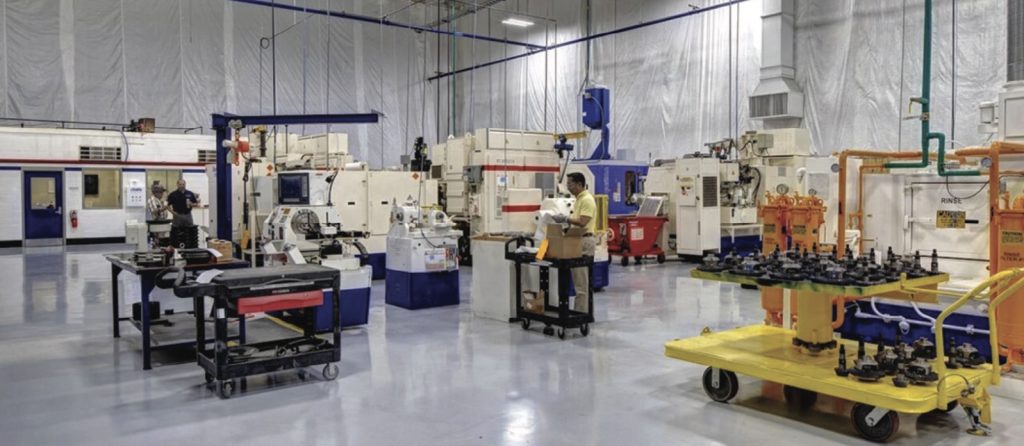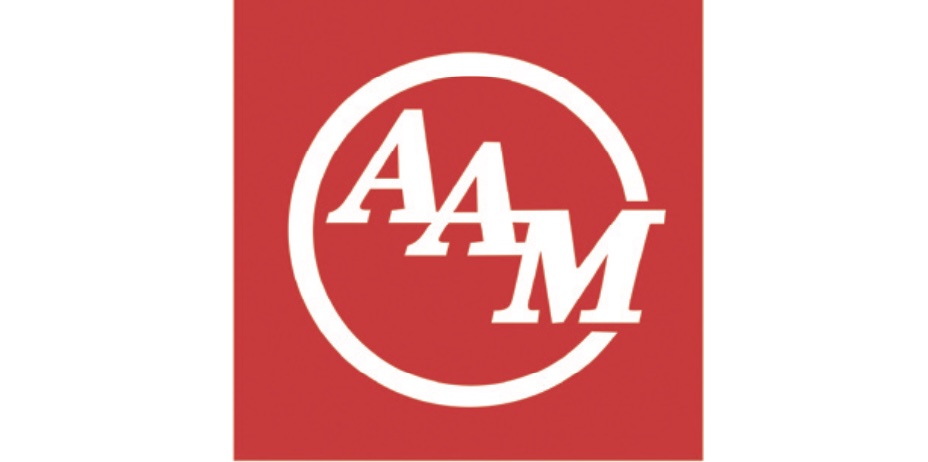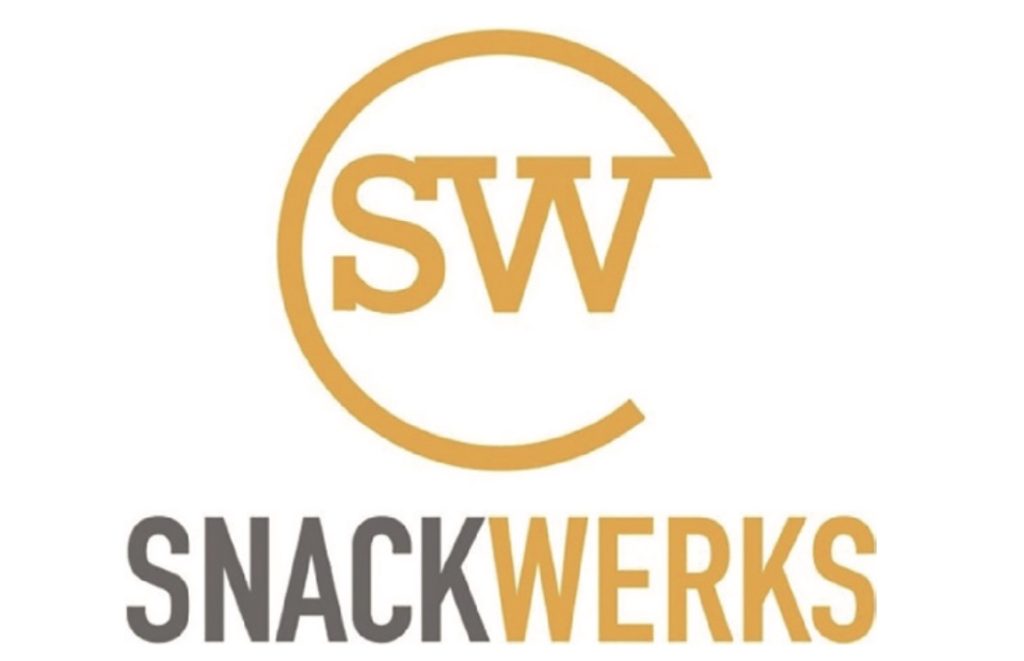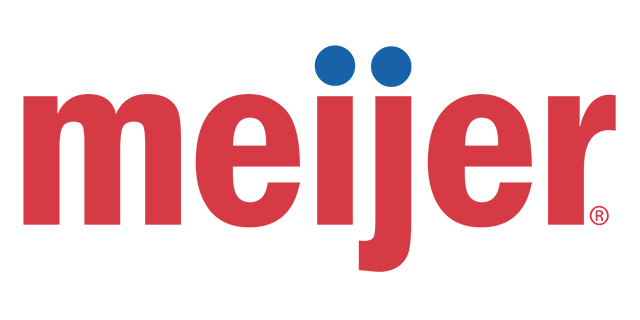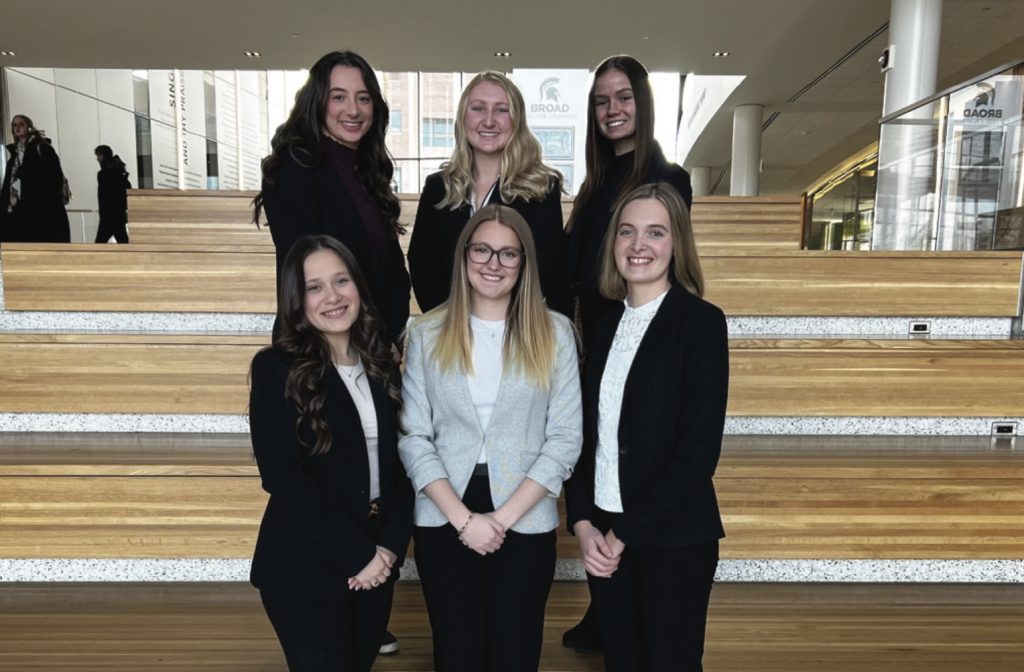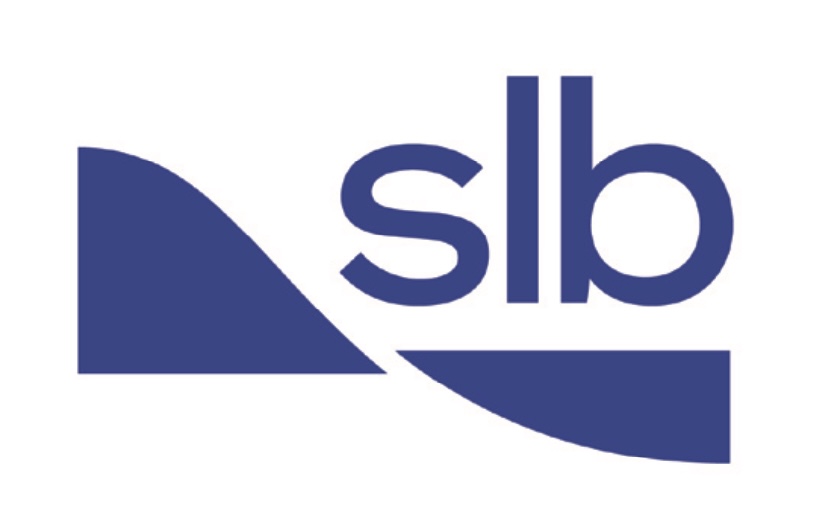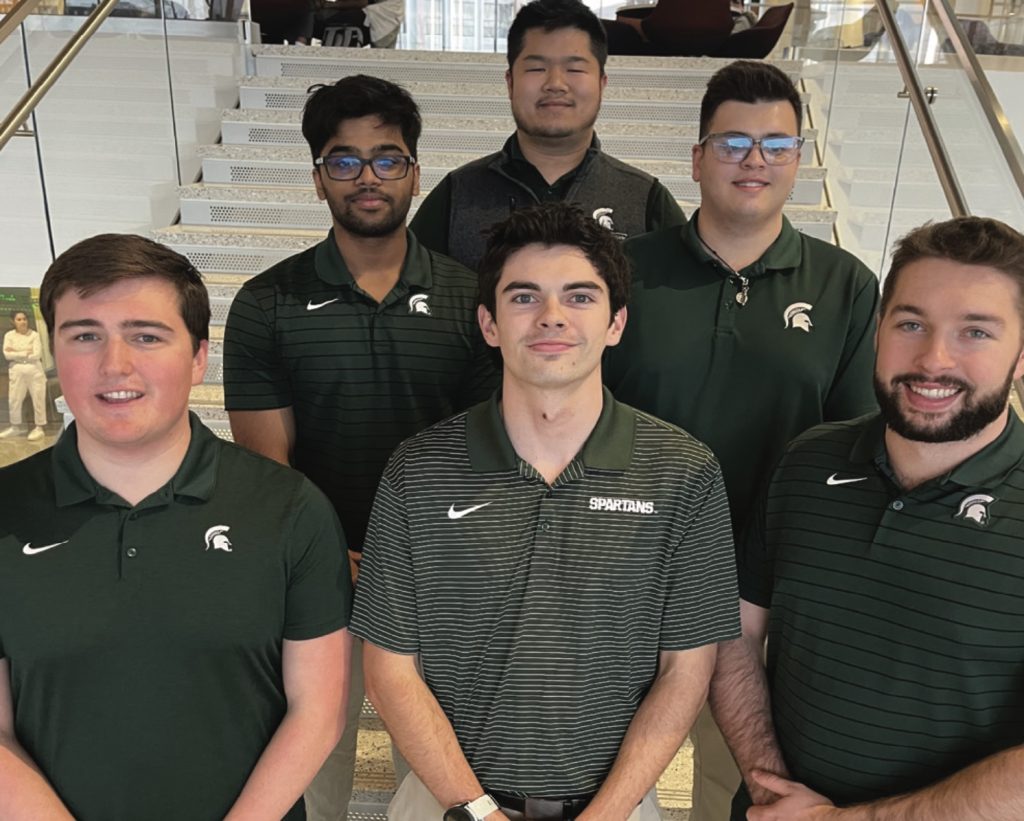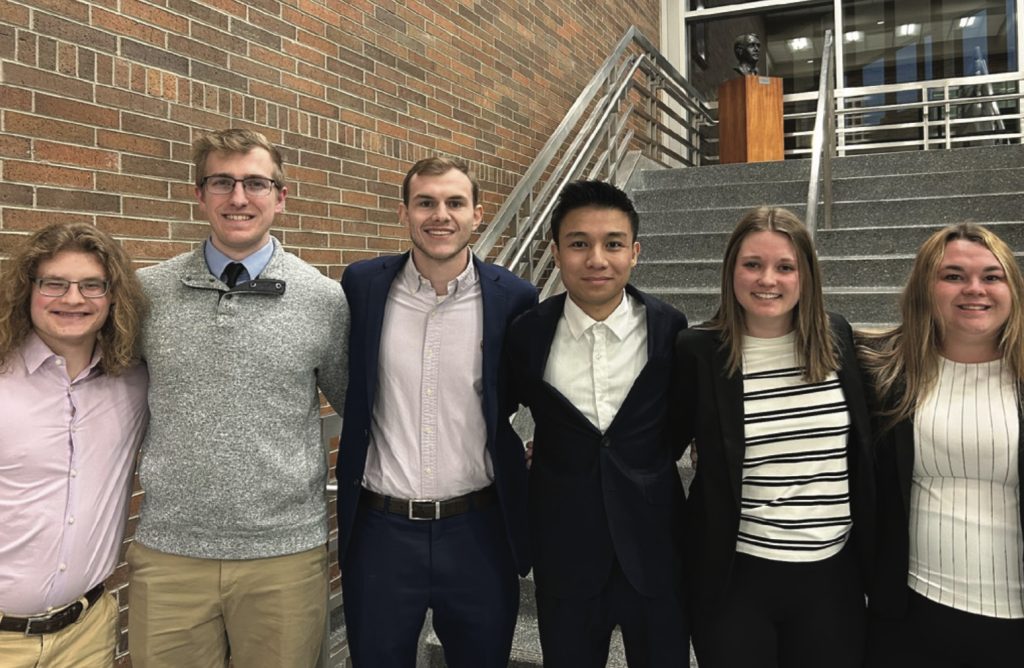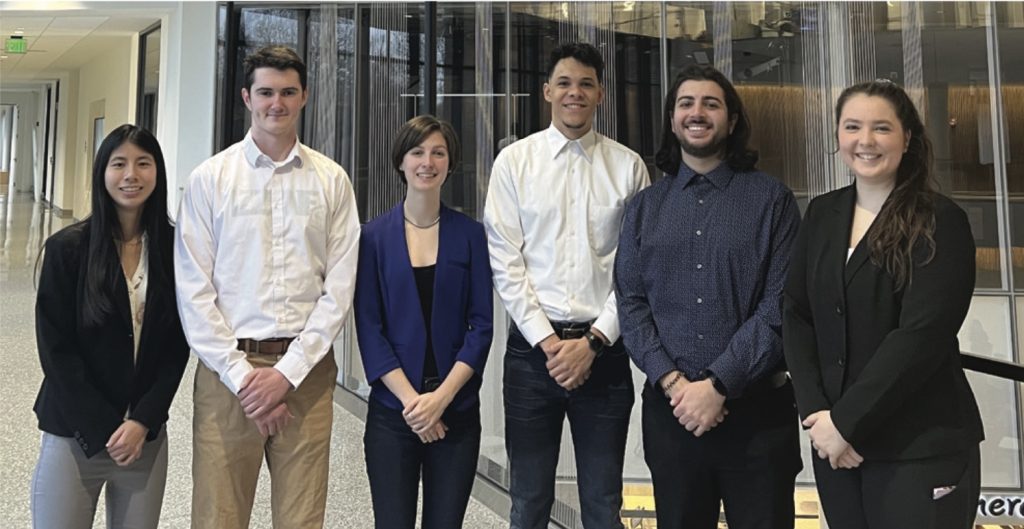Raytheon Technologies: Material Availability Forecasting
RENK America: Commodity Management System
DRiV: Data Management for Global Automotive Aftermarket
Trane Technologies: Carbon Reduction in Transportation
Trane Technologies: Supply Chain Resiliency in Procurement
Harley Davidson: Supplier Capacity Tool and Analysis
KLA: Supplier Master Data Management
KLA: Supplier Relationship Management Optimization
KLA Corporation: Best-in-Class Global Direct Materials Sourcing Process
Alpine Supply Chain Solutions: Storage Type Analysis and Goods-to-Person Evaluation
Applied Materials: Semiconductor Supplier Risk Index
The Home Depot: On-Time and Complete Performance Improvement
Clarience Technologies: Evaluation & Recommendation of MRO Spend Vendors
Caterpillar Inc.: Geo Tracking Inside the Warehouse
Caterpillar Inc.: Optimal Facility Design
Caterpillar Inc.: Ergonomic Order Picking
American Axle & Manufacturing: TRMF – Forklift Free Facility
Snackwerks: Uptime Monitoring and Improvement Plan
John Deere: Global Steel Pricing Model
Meijer: Network Capacity Modeling
SLB: Analyzing Price Cycles in Oil Field Chemicals Market
SLB: Mitigating Commodity Price Volatility in Supply Chains
SLB: Framework for Supplier Rationalization
NASA: Psyche Mission: Art & Exhibit Archiving System
NASA: Psyche Mission: Capstone Marketplace
NASA: Psyche Mission: Public Arts Activity Analysis
Raytheon Technologies: Material Availability Forecasting
Founded in 1922, Raytheon Technologies is a major defense contractor specializing in weapons and military and commercial electronics. Their goals are to advance aviation, build smarter defense systems and create innovations to take us deeper into space. The project focus is within Raytheon’s Intelligence and Space division, which specializes in developing advanced sensors, cyber services and software solutions.
Today the inability of supplier partners to deliver consistently on these three aspects presents work scheduling and staffing concerns driven by available material. This material scheduling variability precludes optimized work area staffing. The plant of focus is in Forest, Mississippi.
Utilizing agreed upon methodologies, predictions will be developed for material availability and schedule performance. The methodologies will be tested for a specific work area using a real-world dataset for expected outcomes. If successful, datasets will be combined across multiple related work areas, which form a value stream.
Following the conclusion of this project, Raytheon will have the improved ability to forecast material availability at a work area or across multiple work areas in a value stream. This improves all business-related performance aspects from material availability, including staffing deployment, reduced cost from work area down- time, and improved on-time-delivery to their end customers.
Michigan State University
Team Members (left to right)
Ian McMaster
Birmingham, Michigan
Justin Jawanda
Sterling Heights, Michigan
Rani Jirjees
Sterling Heights, Michigan
Maryam Esho
Muskegon, Michigan
Henry Han
Ann Arbor, Michigan
Brandon Flaherty
Grosse Pointe, Michigan
Raytheon Technologies
Project Sponsor
Terry Stiles
Forest, Mississippi
Teaching Assistant
Muhammad Khan
RENK America: Commodity Management System
RENK America is the US headquarters of the RENK Group, a global company that supplies transmissions, engines, and test equipment to customers in the commercial and military industries. The company was formed in July 2021 and is owned by Triton Private Equity. In 2021 RENK Group purchased the Muskegon site from L3Harris and is focused on improving internal processes and efficiencies within its Supply Chain organization.
The company wishes to reduce waste and increase available time to focus on more strategic initiatives. To achieve this, RENK America plans to introduce automation and smart logic to create deliverables in the form of a smart purchase order checklist and purchase order write-up tool.
The overall goal of the project is to develop a documented sourcing strategy and categories for RENK America by creating a map for sourcing and benchmarking the industry’s best practices. The project will also include developing a risk index for all suppliers, mapping the supplier onboarding process, and weighting the process for RFQs/RFPs and other industry benchmarks. The weights should include willingness, adaptability for the future, such as data analytics, visibility tools, ASN compatibility, etc. Additionally, the weights should also include willingness to work with RENK America on capital initiatives such as consignment, VMI, etc. The goal is to tie the live ratings into a month supplier scorecard rating.
Michigan State University
Team Members (left to right)
Nick Beekman
East Lansing, Michigan
Kashvi Kulkarni
Troy, Michigan
Mike Miller
Romeo, Michigan
Brielle Patel
Barrington, Illinois
Rami Souguir
Ann Arbor, Michigan
Deron Bilezikjian
Canton, Michigan
RENK America
Project Sponsors
Chase Kloka
Muskegon, Michigan
Tanner Myers
Muskegon, Michigan
Teaching Assistant
Jose Naime
DRiV: Data Management for Global Automotive Aftermarket
Tenneco is a global steward of more than 30 of the automotive industry’s widely known brands. It is one company, made up of four business groups: Performance Solutions, DRiV, Clean Air and Powertrain. Tenneco serves both global aftermarket and OEM customers with design, engineering, manufacturing, and distribution capabilities. DRiV is Tenneco’s aftermarket product solutions group. Their mission is to deliver advancements in aftermarket that help people get the most out of every vehicle, ride, race, and journey.
DRiV chartered a design project with the our team, to examine improvement opportunities for their global automotive aftermarket enterprise, specifically in supplier management tools. Their current supplier management portal for DRiV includes onboarding, contracts/agreements, RFQs, scorecards, surveys, and performance management through Ivalua – a procurement software platform dedicated specifically to supplier and spend management.
The desire of DRiV for a competitive business advantage and increased process efficiency inspired the sponsor and our team for a value proposition project, with consideration of potential alternatives to Ivalua. The project scope applicability spanned all seven business lines with the intent to maximize versatility and relevancy to all procurement needs within the DRiV business unit.
Deliverables and checkpoints of the improvement project included assessments of current state, benchmarking evaluations, and gap analysis. Benchmarking featured evaluation of other industry leaders in supplier management and best practices used. Gap analysis examined capabilities and shortfalls of Ivalua, steps necessary to close gaps, and total cost of ownership. The final deliverable of the design project included a comparison of current state and proposed future state, using the results of the mentioned assessments to recommend a new supplier management software.
Michigan State University
Team Members (left to right)
Matthew Segall
Huntington Woods, Michigan
Julia Martin
St. Clair Shores, Michigan
Zach Samp
Walled Lake, Michigan
Mikayla Norton
Howell, Michigan
Nathan Harville
Goodrich, Michigan
Isabella Rodrigues
Birmingham, Michigan
DRiV
Project Sponsor
Ramneek Sandhu
Southfield, Michigan
Teaching Assistant
Chaitanya Shankaragallu
Trane Technologies: Carbon Reduction in Transportation
Trane Technologies is a leading manufacturer of innovative climate heating, ventilation, and air conditioning (HVAC) systems, devoted to setting daring goals and driving bold innovation to achieve a better tomorrow. Driving the project is Trane Technologies’ determination to make its business practices more sustainable. The company is participating in a Gigaton Challenge, a pledge to reduce carbon emissions by one billion tons by 2030.
Thus far, Trane has made progress in production warehouses, office spaces, and inventory warehouses to reduce 50 million tons of carbon emissions. Trane Technologies achieved these reductions through electrification, installation of solar panels and high-efficiency equipment, and the substitution of refrigerants to those with lower global warming potential. For Trane Technologies to reach its carbon reduction goal by 2030, their transportation division must be analyzed to determine ways to reduce its carbon footprint even further. The project is focused on processing and understanding the data Trane Technologies has collected to determine baseline emissions at their current activity. From there, the focus is on identifying and developing future carbon reduction opportunities that can be implemented in their transportation sector. Analysis of shipping data will be limited to residential HVAC products, focusing on the Southeast region of the United States with application to Trane Technologies transportation via trucking. These products consist of residential heating and cooling systems such as air conditioners, furnaces, heat pumps, air handlers, coils, ductless variable refrigerant systems, control systems, thermostats, air purifiers, and humidifiers. Consideration of foreign footprint and the complete supply chain will be forgone. Following these goals, the intent is to apply the processes and solutions for the Southeast region to the other regions.
Michigan State University
Team Members (left to right)
Joe Keller
Brighton, Michigan
Riley Brownell
Marshall, Michigan
Brandon Barrows
Oxford, Michigan
Madison Hall
Elk Rapids, Michigan
Audrey Ratliff
Petoskey, Michigan
Anna Brandl
Canton, Michigan
Trane Technologies
Project Sponsors
Adam English
Davidson, North Carolina
Tom France
Davidson, North Carolina
Stephanie Rinaldi
Davidson, North Carolina
Teaching Assistant
Chaitanya Shankaragallu
Trane Technologies: Supply Chain Resiliency in Procurement
Trane Technologies is a multinational corporation with their US headquarters located in Davidson, North Carolina. Being one of the world’s leading manufacturers of HVAC and refrigeration systems, Trane’s brands help bring sustainable and efficient solutions to buildings, homes, and transportation. Trane Technologies has several sustainability goals that they are already achieving including reducing their carbon footprint to net-zero by 2030, eliminating refrigerant, and optimizing water use. The products sold require supplier parts from all over the world, creating a complicated supply chain network of over 20,000 suppliers that need to be consistently monitored and updated.
The events of the past three years have had a profound impact on the way that companies must approach the supply chain. A combination of the Covid 19 pandemic, port congestion, global turmoil, and other unexpected issues have made risk management and mitigation in the supply chain much more important. These factors have motivated industry leaders to get ahead of the curve and focus on strengthening their risk assessment measures.
The end goal of this project is the creation of a three-year roadmap providing potential solutions to current and future challenges caused by supplier risks. Achieving this goal is made possible by summarizing current supplier risks and assessing the potential impact of these risks. This information is then used to benchmark best practices of supplier risk identification and mitigation.
Michigan State University
Team Members (left to right)
Neel Patel
Rochester Hills, Michigan
Mrwa Abu-Haltam
Okemos, Michigan
Marshall Isaacs
Saline, Michigan
Alec Ambrosio
Kalamazoo, Michigan
Lukas, Bronold
Spring Lake, Michigan
Mitchell Payne
Spring Lake, Michigan
Trane Technologies
Project Sponsors
Rob Chisholm
Davidson, North Carolina
Jason Fry
Davidson, North Carolina
Teaching Assistant
Sneha Abhyankar
Harley Davidson: Supplier Capacity Tool and Analysis
Harley Davidson is one of the most iconic motorcycle companies in the world. To perform at this level a company needs to have a sophisticated supply chain. In order to continue to achieve this level of excellence, Harley Davidson is hoping to improve the transparency into the capabilities of its nearly 500 suppliers.
In the last couple of years supply chains around the world have had to alter strategies in order to meet radical changes in demand and supply. In a world where the supply chain landscape can change rapidly, companies need instant insights into a supplier’s capabilities. Harley Davidson is hoping to gain this valuable insight over the course of this project.
The scope of this project is for the team to build a database and dashboard that can access and analyze supplier capabilities to make real-time purchasing and production decisions efficiently and accurately. Harley Davidson does not currently have a tool which specializes in this and that has resulted in a loss of time and savings.
This tool will allow the team to review the industry and enable them to make business decisions based on the accurate understanding of Harley Davidson supplier capabilities. By reviewing the supplier database, the team will gain a better understanding of the company, and which manufacturing and production direction to move forward with based on supplier capabilities. This plays a key role in manufacturing visibility and provides transparency in supplier based procurement decisions.
Michigan State University
Team Members (left to right)
Christian Dudley
Detroit, Michigan
Owen Kroeger
Grand Blanc, Michigan
Adriana Jones
Detroit, Michigan
Mackenzie Hoecherl
Charlotte, North Carolina
Jacob Peery
Hartland, Michigan
Lauren Barksdale
Detroit, Michigan (not pictured)
Harley Davidson
Project Sponsors
Lauren Alban
Minneapolis, Minnesota
Margaret Lear
Atlanta, Georgia
Teaching Assistant
Jose Naime
KLA: Supplier Master Data Management
KLA is an American corporation and leader in the process controls industry. KLA reaches across many different industries including, automotive, IOT, and artificial intelligence. Their process control and process enabling solutions help customers achieve leading edge performance. Now, with KLA’s fast business developments, its supplier master data management (SMDM) is becoming a core focus for KLA.
In its SMDM, KLA’s indirect procurement department is facing issues with internal data input and usage, such as inconsistent contact formats of its global suppliers, and outmoded supplier information. Therefore, KLA has tasked us to look for a sustainable process to manage its supplier master data as well as collect and clean the data with AI technology.
In order to help KLA mitigate and address these concerns, our team sought to minimize the struggle of data incongruity for users by analyzing the current data that KLA provided. Through this analysis, our team was able to form a comprehensive list of possible new software for the company’s use and utilize the visualization tool to compare the competitiveness of these software applications to select the optimal one. This list is comprised of functional recommendations for new software that address KLA’s business needs and enhances their overall effectiveness. The list also indicates what software the team believes to be the best fit in terms of cost and functionality for KLA’s specific requirements.
Michigan State University
Team Members (left to right)
Liz Morrison
Flushing, Michigan
Jimmy Wang
Zhejiang, China
Haleigh Herman
Saline, Michigan
Yuanzhe Pei
Zhejiang, China
Cassidee Centilli
South Bend, Indiana
Gillian Parshall
Brighton, Michigan
KLA
Project Sponsor
Karen Hiatt
Ann Arbor, Michigan
Teaching Assistant
Chaitanya Shankaragallu
KLA: Supplier Relationship Management Optimization
KLA is a world leader in the production of state-of-the-art yield management and process control systems within the semiconductor and nanoelectronics industry. Since its founding in 1997, the organization has seen widespread success, making it one of the five largest semiconductor equipment manufacturers worldwide and a dominant player in the process control industry. Central to the organization’s success has been building close relationships with key strategic suppliers. Employing cutting edge Supplier Relationship Management (SRM) tools within the company’s procurement division has been and continues to be a critical component in supporting these objectives.
KLA currently utilizes SAP Ariba as its SRM tool, an extension of the SAP Enterprise Resource Planning System. The team at KLA has regarded the system in its current form as incapable of fulfilling the organization’s SRM objectives. The SRM tool that best suits the needs of KLA must excel in risk management, insurance monitoring, compliance, code of conduct, diversity and inclusion, sustainability, supplier segmentation and scorecard creation, invoicing, payment processing, and seamless communication.
KLA tasked our team to search for innovative, industry-leading SRM technologies that possess the functionality capable of exceeding the company’s procurement objectives. The team will aggregate, analyze, and compare various SRM solutions with the end goal of recommending the single most capable technology. Implementation of this technology would provide KLA with a more efficient and effective method of managing their supplier base.
Michigan State University
Team Members (left to right)
Alex DePue
Brighton, Michigan
Chad Casey
Shelby Township, Michigan
Justin Scott
Walled Lake, Michigan
Sedona Falco
Barrington, Illinois
Anthony Gurizzian
Plymouth, Michigan
Dennis Whitaker
Haslett, Michigan
KLA
Project Sponsor
Karen Hiatt
Ann Arbor, Michigan
Teaching Assistant
Chaitanya Shankaragallu
KLA Corporation: Best-in-Class Global Direct Materials Sourcing Process
KLA Corporation, a semiconductor manufacturing company headquartered in California, is the leading supplier of integrated circuits, nanoelectronics, and semiconductors.
In today’s world, there is a need for a global direct materials sourcing strategy that can keep up with the increasing complexity of global business models. Sourcing processes today must properly value the current trends and expected impact of sustainability, cybersecurity, and intellectual property within the strategic sourcing process and supply base.
Our team developed a best-in-class global direct materials sourcing process that utilizes a technology platform (software) to provide unforeseen insight on suppliers which will support the complexity of KLA’s global business and embrace change for future years.
The process enables KLA to utilize the newly introduced software which incorporates historical data storage, global reach and consistency, ease-of-use for end users, and ability to adjust cross-functional requirements.
Initially, the technology platform scores the suppliers that will rank the suppliers on the minimum standardized requirements of sourcing capabilities.
Furthermore, the software will employ artificial intelligence to predict future trends that will aid with global sourcing capabilities and will sort out the trends that will have a greater impact on sourcing in the future. Artificial intelligence is becoming more prevalent with evolving technology, which will help identify future trends that can improve the global supply chain in a positive manner.
Michigan State University
Team Members (left to right)
Davit Tran
Southfield, Michigan
Matthew Rockafellow
Canton, Michigan
Michael Cianci
Commerce, Michigan
Marina Ackerman
Novi, Michigan
Ryan Jarl
South Lyon, Michigan
Zach Clark
Dexter, Michigan
KLA
Project Sponsors
Rita Edwards
Ann Arbor, Michigan
Bryan Geha
Ann Arbor, Michigan
Teaching Assistant
Sneha Abhyankar
Alpine Supply Chain Solutions: Storage Type Analysis and Goods-to-Person Evaluation
Alpine Supply Chain Solutions, which is a consulting firm that focuses on operational improvement, has tasked our team to perform a pick type analysis and conduct a high-level return on investment analysis. This will allow implementation of efficient processes within the supply chain of Guhring, a large manufacturer of tools in the metals industry that has been faced with the challenge of increasing overall efficiency and effectiveness within the warehouse associated. In addition, Guhring has the objective of increasing and improving technological advancements within the operations of the company.
Our team will focus on a multitude of different tasks ranging from data cleansing and data analysis to internal and external research to assess the best recommendation for the client.
In addition, we will utilize data information on outbound, inbound, labor, inventory, and SKU growth data to complete all tasks associated with the engagement. The provided information will contain all background knowledge necessary to complete this engagement successfully.
With the combination of data analysis and research, our team will be able to provide Alpine Supply Chain Solutions and Guhring recommendations. We have backgrounds in applied engineering, supply chain management, information technology, law, and more. We will utilize our unique backgrounds to provide the utmost value to the client during this engagement period.
Michigan State University
Team Members (left to right, top to bottom)
Mario Kezi
Sterling Heights, Michigan
Logan Kerry
Traverse City, Michigan
Justin Tiburcio
Macomb, Michigan
Claire Szwabowski
Northville, Michigan
Kareena Boyina
Canton, Michigan
DJ Akkala
Canton, Michigan
Alpine Supply chain Solutions
Project Sponsor
Michael Wohlwend
Naples, Florida
Teaching Assistant
Chaitanya Shankaragallu
Applied Materials: Semiconductor Supplier Risk Index
Founded in 1967, Applied Materials has established itself as a prominent equipment, service, and software provider to the semiconductor, display, solar photovoltaic, and related industries. The company is committed to developing and delivering innovative solutions that help improve device performance, reduce power consumption, enhance yield, and optimize costs. With its diverse product portfolio, Applied Materials caters to a wide range of customers, including manufacturers of semiconductor chips, displays, and other electronic devices.
Currently, Applied Materials has limited visibility into their semiconductor supply chain and is looking for a way to assess and prioritize their supplier risk. This project is to assess the major risks affecting their supply chain and potential future risks. This project will help Applied Materials clarify and validate their understanding of their supplier risk.
To achieve this, our team will create a supplier risk matrix that evaluates and prioritizes suppliers based on the level of risk they pose to the business, providing a systematic way of addressing potential risks.
To create this risk matrix, our team will first conduct research and identify critical risk factors affecting the suppliers operating within the semiconductor supply chain, and then identify the most critical ones. Subsequently, our team will assign weights to each of these risk factors based on the research findings, and document the methodology used to determine the weights. Finally, this weighted risk analysis will be applied to applied materials suppliers to show its effectiveness. This supplier risk matrix will be used by Applied Materials to better evaluate and determine critical suppliers.
Michigan State University
Team Members (left to right)
Kristina Wang
Fuzhou, China
Hongrui Lin
Wenzhou, China
Irusha Hewagama
Ann Arbor, Michigan
George Gatecliff
Ann Arbor, Michigan
Samarth Goyal
Mumbai, India
Shams Ezz
East Lansing, Michigan
Applied Materials
Project Sponsor
Anshul Agarwal
San Francisco, California
Teaching Assistant
Chaitanya Shankaragallu
The Home Depot: On-Time and Complete Performance Improvement
The Home Depot is a large retail company based in Atlanta, Georgia. They specialize in building materials, home improvement supplies, and many different services. Founded in 1978, The Home Depot started with just two stores. Now, the company has grown to become the largest home improvement retailer in the world. The Home Depot has over 2,200 stores in operation, and employs more than 400,000 associates.
One of the most significant challenges that The Home Depot faces is managing the delivery of their “Big and Bulky” items, which refers to items such as appliances and furniture. To address this, the company has initiated a project to improve the Must Ship By Dates (MSBD) for these items with the goal of improving On-Time and Complete performance (OTC) and reducing dwell time at Market Delivery Operations (MDOs).
To achieve this, The Home Depot is working to improve the predictability and consistency of their delivery network by analyzing the appropriate data. This includes collaborating with suppliers to streamline the ordering process, optimizing their delivery routes, and implementing new technologies to improve tracking and maximizing the visibility of shipments.
In order to obtain a successful outcome, efficiency, predictability and consistency in delivery, and customer satisfaction all must be kept in mind.
Michigan State University
Team Members (left to right)
Nicholas Spadafore
Stockbridge, Michigan
Spencer Tomczak
Traverse City, Michigan
Winston Stanford
Canton, Michigan
Sarah Fitzpatrick
New Lenox, Illinois
Kaelynn Moak
Mason, Michigan
Erin Prieskorn
Eaton Rapids, Michigan
The Home Depot
Project Sponsor
Amy DeMatteis
Atlanta, Georgia
Erin Donnelly
Atlanta, Georgia
Leslie Guggenheim
Atlanta, Georgia
Teaching Assistant
Jose Naime
Clarience Technologies: Evaluation & Recommendation of MRO Spend Vendors
Clarience Technologies is a multinational company, whose goal is to bring “Total Visibility” in the transportation sector. It is the parent company to several other brands involved in the commercial transportation industry, such as Truck-Lite, Davco, and Rigid.
Clarience Technologies has requested research and recommendations for the company’s maintenance, repair, and operations (MRO) spend across its operations in North America. MRO spend is a subcategory of the indirect spend of a company related primarily to consumables at their manufacturing facilities. Clarience Technologies does not have strategic suppliers between their plants and subsidiaries, and has each company oversee their own purchasing. Individual purchasing means that there is a large amount of duplicate clerical work and no central database of what is being bought. The goal of this analysis is to try to standardize MRO purchases throughout the company. To meet this goal Clarience Technologies wishes to reduce their MRO supplier pool, decrease the amount of clerical work, and add increased visibility into their purchasing activities.
In conjunction with Clarience Technologies, our team has conducted a series of analyses on potential MRO suppliers. During the analysis, many factors that are important for suppliers have been considered, such as location, financial picture, pricing, and tracking techniques. With the end analysis, Clarience Technologies will be able to clearly rank potential MRO suppliers, reduce their clerical work, reduce costs, and reduce the complexity of their purchasing process.
Michigan State University
Team Members (left to right)
Jon Kochensparger
Franklin, Michigan
Andrew Hansen-McClellan
Lake Odessa, Michigan
Genna St. Onge
Bloomfield Hills, Michigan
Mario Namou
Sterling Heights, Michigan
Malcolm Pizzimenti
Detroit, Michigan
Adam Bollman
Big Rapids, Michigan
Clarience Technologies
Project Sponsor
Anthony Quagliana
Erie, Pennsylvania
Teaching Assistant
Sneha Abhyankar
Clarience
Project Sponsor
Anthony Quagliana
Erie, Pennsylvania
Teaching Assistant
Sneha Abhyankar
Caterpillar Inc.: Geo Tracking Inside the Warehouse
Headquartered in Irving, Texas, Caterpillar is the world’s leading manufacturer in construction and mining equipment. With 107,700 employees worldwide and serving 193 countries, Caterpillar is dedicated to helping customers build a better, more sustainable world.
The company operates in three primary sectors- Construction Industries, Resource Industries, and Energy and Transportation Industries. Caterpillar is seeking to improve plantwide efficiency by implementing a tracking system to allocate employees throughout their warehouses.
Our solution is built on Ultra-Wideband (UWB) technology, which enables us to track employees’ movements within the warehouse and measure their time spent in each functional area with precision. This real-time data allows us to conduct more effective process reviews and waste analysis, resulting in a more efficient and productive workforce.
We have developed a Tableau dashboard that provides a visual representation of the real-time data collected from the warehouse. The dashboard showcases key metrics: time spent in each functional area, the speed at which work is being completed, and individual employee efficiency. It enables us to continuously monitor the warehouse operations and make data-driven decisions to improve productivity and cost-effectiveness.
With interactive charts and graphs, the dashboard enables easy identification of trends and patterns in employee productivity, helping us track progress towards our productivity goals.
Michigan State University
Team Members (left to right)
Jianbo Mi
Tianjin, China
Soranut Ratanavaraha (Aim)
Bangkok, Thailand
Noah Matovski
Shelby Township, Michigan
Matt Vanderwall
Spring Lake, Michigan
Quanliang Qiu
Chengdu, China
Clabe Hunt
Detroit, Michigan
Ben Loehle
Grand Rapids, Michigan
Caterpillar
Project Sponsor
Laura Cronkleton
Morton, Illinois
Teaching Assistant
Muhammad Khan
Caterpillar Inc.: Optimal Facility Design
Caterpillar Inc. was founded in 1925 by merging two manufacturing companies. Today it is the world’s leading manufacturer in construction and mining equipment, with multiple locations in every continent.
The wide range of locations makes it very important for all of their facilities to efficiently work and communicate with one another. Currently the logistics center, which serves multiple locations, has expanded its physical presence to two separate buildings, leading to a decrease in operational efficiency. Sponsored by Caterpillar, our project consists of redesigning its operations by creating a facility layout that is most optimal for future growth.
The focus of this project consists of implementing new storage units that increase storage capacity, automating processes to decrease headcount, and re-designing the physical layout with the decided new storage units to increase flow of the product.
The team was able to gain inventory and historical data in Excel in order to calculate the optimal storage density of the facility. This allows for a comparison of alternative storage options by using storage density as the driving metric. With the estimated amount of storage needed, Caterpillar will then be able to reach out to the storage companies in order to create a cost analysis. The best storage option chosen will then be implemented to the facility layout. The AutoCad facility layout is reordered with the new storage units to increase square footage of the facility. Caterpillar Logistics Center can then implement the improved layout into their current facility.
Michigan State University
Team Members (left to right)
Bernardo Mascarenhas
Belo Horizonte, Brazil
Kaitlin Collins
Ida, Michigan
Nina Rissi
São Paulo, Brazil
Olivia Lopez
Bloomfield Hills, Michigan
Lia Wu
Northville, Michigan
AJ Kirkland
East Lansing, Michigan
Caterpillar
Project Sponsor
Austin Ortiz
Morton, Illinois
Teaching Assistant
Jose Naime
Caterpillar Inc.: Ergonomic Order Picking
Caterpillar is the world leader in the manufacturing of construction and mining equipment, diesel/natural gas engines, gas turbines, and diesel-electric locomotives. To speed up the assembly process for customer products, Caterpillar provides “kits” that include multiple parts grouped into one container. This improves customer shopping because one can order a whole kit that includes all the products that they need in one place.
This project is to help achieve a risk-free environment in warehousing locations across America. Employees currently encounter ergonomic stresses during their shift while order picking, such as unnecessary movements on their backs and shoulders when reaching for items. Such stresses could lead to injuries and on-the-job incidents.
Our team is exploring changes to the process, storage type, material handling equipment, personal protective equipment, and other injury-reducing opportunities to make Caterpillar a safe environment to work in with minimal risk.
We analyzed a video, provided by Caterpillar, of the picking process in one of many of their warehouses. By reviewing the video and using a Safety FMEA chart provided by Caterpillar, we will identify the biggest risks in the process and assign them a number using a scale based on severity and frequency. We will present a solution from two lenses: current state improvement and a long-term perspective. The current state improvement consists of process changes to mitigate safety concerns, while the long-term solution involves process automation to improve efficiency. The company could then implement the current state improvement while planning for and executing the suggestions for a long-term improvement.
Michigan State University
Team Members (left to right)
Anya Saarela
Denver, Colorado
Leah Hubbard
Freeland, Michigan
Mitchell Steffes
South Lyon, Michigan
Caleb Sobie
Clarksville, Michigan
Carly Xu
Shanghai, China
Brendan Kennedy
Grand Ledge, Michigan
Caterpillar
Project Sponsor
Laura Cronkleton
Morton, Illinois
Dustin Wise
Morton, Illinois
Teaching Assistant
Sneha Abhyankar
American Axle & Manufacturing: TRMF – Forklift Free Facility
Founded in 1994 and based in Detroit, Michigan, American Axel & Manufacturing (AAM) is a Tier 1 automobile supplier of driveline and drivetrain components and systems, with over 80 locations spanning from the Americas to Asia and Europe. AAM supplies original equipment manufacturers (OEMs) around the world in the passenger car, light truck, and commercial vehicle groups. The company delivers efficient, powerful, and innovative solutions to support electric, hybrid, and internal combustion vehicles. AAM focuses on being safe, sustainable, and innovative to advance global mobility while providing value to their stakeholders.
In order to increase plant safety and sustainability, AAM’s goal is to reduce its dependency on heavy machinery and forklifts. To carry out this goal, they assigned our team to design and test six new material handling routes at their Three Rivers Manufacturing Facility. The goals of this project were to improve facility safety, decrease downtime, and optimize operating costs. To achieve these goals, the team based the route designs on safety protocol, production line KPIs, and material handling efficiency.
To assist AAM in the implementation of the new routes, we delivered multiple documents. The first of these documents was a drawing of the six route designs, including each stop’s route paths and locations. These drawings supplied optimal material handling routes to properly service production lines and route signals to inform operators on proper pick-up, drop-off, and required stop locations. Finally, to further support the implementation process of the project, the team provided AAM with standard work documentation for training drivers to understand and operate the six new routes successfully.
Michigan State University
Team Members (left to right)
Haitau Yang
Pontiac, Michigan
Leah Flores-Cabrera
Troy, Michigan
Yanet Mena
Havana, Cuba
Paige Van De Grift
Grand Rapids, Michigan
Ryan Morgott
Farmington Hills, Michigan
Vivian Tran
Kentwood, Michigan
Andy Park
Novi, Michigan
American Axle
Project Sponsor
Paola De Leon
Three Rivers, Michigan
Teaching Assistant
Chaitanya Shankaragallu
Snackwerks: Uptime Monitoring and Improvement Plan
Founded in 2016 in Battle Creek, Michigan, Snackwerks was created with innovation, flexibility, top-tier quality, competitive, and pricing in mind. Continuing the tradition of food in the Cereal City, Snackwerks partners with emerging brands from food companies of varying sizes. Lean processing line, high quality and food safety standards, and a hard-working, knowledgeable team, provide its customers with a first-class experience. Snackwerks was founded and is led by a team of veteran food industry leaders.
In order to understand where improvements are needed Snackwerks utilizes a tool called Guidewheel data to help better understand the manufacturing plant’s downtime, the effective line uptime, and which delays are due to human intervention. Guidewheel’s mission is to empower all of the world’s factories to reach sustainable peak performance. Their plug-and-play FactoryOps platform makes the power of the cloud accessible to any factory, inspired by a simple, universal truth that every machine on the factory floor has a power cord. Guidewheel then clips onto any machine to turn its real-time “heartbeat” into a connected, active learning system that empowers teams to reduce lost production time, increase throughput, and perform better overtime.
With the use of Guidewheel, we will analyze their data to better understand where improvements can be made. We will be able to use this data to first understand downtime for individual machines and then be able to give reasons for these downtimes. We will also be able to understand how the machines work together and how that affects productions. After understanding all of this, we can evaluate the downtime cost and increased spending on labor. Once we have done all of this, we will be able to provide possible solutions towards lowering downtime.
Michigan State University
Team Members (left to right)
Josh Smith
Ann Arbor, Michigan
Derek Lopez
Macomb, Michigan
Ryan Berger
Canton, Michigan
Javier Bonam
Romulus, Michigan
Adam Bailey
Monroe, Michigan
Julia Berg
Canton, Michigan
Snackwerks
Project Sponsors
Gunter Brinkman
Battle Creek, Michigan
Jonathan Hartzendorf
Battle Creek, Michigan
Doug Rock
Battle Creek, Michigan
Jim Turner
Austin, Texas
Teaching Assistant
Jose Naime
John Deere: Global Steel Pricing Model
For the past 180 years John Deere has been developing cutting edge technology to serve the agricultural industry worldwide.
Our team worked with Elliot Shriver from John Deere to develop a working global steel pricing model.
The model includes the total landed cost of plate steel from accurate forecasting indexes as well as a breakdown of the individual supply chain logistics cost.
The model focuses on the exporting countries South Korea, India, and China, while importing to the United States. The live data of each location is being used for current and forecasted costs of logistics and steel prices to create decisions in the model.
This allows John Deere to reduce manual tasks within the model. At the same time, our team has gained experience implementing real-time data in Microsoft Excel.
The end results of the model provide evidence for new alternatives of steel sourcing, as well as significant time and cost savings. There is a future opportunity to create CO2 emission calculations within the current model to improve sustainable sourcing decisions.
Michigan State University
Team Members (left to right)
Grant Treder
Milford, Michigan
Kyler Brown
Saginaw, Michigan
Josie Kane
Oxford, Michigan
Matthew Lowe
Rochester Hills, Michigan
Toan Tran
Lansing, Michigan
Veronica Olivares
Perris, California
John Deere
Project Sponsor
Elliott Shriver
Moline, Illinois
Teaching Assistant
Jose Naime
Meijer: Network Capacity Modeling
Meijer is a family-owned grocery store chain, operating in the Midwest for over 85 years. They strive to grow and innovate the company by focusing on their core values such as their customers, competition, freshness, family, and health and safety. Meijer products are broken down into four networks: Grocery, Fresh, Frozen, and General Merchandise. The project provides the opportunity to gain insights into their supply chain through data provided for the frozen network consisting of four nodes located in Lansing, Newport, Tipp City and Pleasant Prairie.
The main goal of our project is to create a model to predict capacity trends at each distribution center for the frozen network. The model will help to make short- and long-term decisions demonstrated from the findings in the data. A forward- looking approach will be taken throughout the entirety of the project to best aid Meijer in their capacity planning models and strategies. A key outcome of the achievement of these goals, is that Meijer will be able to find better ways to reduce logistic costs. Another key outcome of this model will allow Meijer to find ways to increase service levels of the distribution fill rate. With proper capacity modeling, Meijer ensures that the items are shipped timely to service customer needs.
The project will entail collaboration and challenging ideas against existing models. Excel, PowerPoint, and PowerBI are platforms that will be utilized to create and present these models for the frozen network and expand to other networks if time permits. The variables being used for capacity measurements include inbound and outbound cases per week, alongside the active number of stock pallets and reserved pallet positions in the distribution center. The model that will be created will allow our team to proactively forecast the demand to plan for future capacity requirements.
Michigan State University
Team Members (left to right)
Natalie D’Agostino
Chesterfield, Michigan
Addison Guitar
Shelby Township, Michigan
Elizabeth LaRochelle
Troy, Michigan
Morgan Kravitz
Buffalo Grove, Illinois
Maddie Sackman
Ann Arbor, Michigan
Emily Hart
Troy, Michigan
Meijer
Project Sponsors
Mike Moss
Grand Rapids, Michigan
Quintin Neubauer
Grand Rapids, Michigan
Lara Werner
Grand Rapids, Michigan
Teaching Assistant
Muhammad Khan
SLB: Analyzing Price Cycles in Oil Field Chemicals Market
SLB is a global technology company driving energy innovation for a balanced planet by providing technology for reservoir characterization and drilling. The mission of the company is to create innovative scientific technology that will accelerate decarbonization on a global scale and allow energy access to all. To meet these goals and solve industry challenges, the company is working to abate emissions, improve performance in the oil and gas industry, scale new energy systems to accelerate the transition to low-carbon energy, and deliver digital to scale by accelerating time to value.
Literary research will be conducted by our team on the effectiveness and performance of oil field chemicals raw materials against a specific set of publicly available producer price indices from January 2021 to January 2023 relating to chemical manufacturing, fertilizers, and organic chemicals. Using data analysis skills, a mathematical model studying correlation patterns between the raw material and producer price indices will be created. In studying the highest correlations between the producer price and raw material indices, time lags between these two data sources will be identified.
Through research and data analysis, we will understand market conditions related to oil chemical prices and implement a mathematical model that will be used for future price comparisons at SLB. The mathematical model will allow SLB to visualize the impact of oil price fluctuations and will allow for future cost comparisons and forecasts to be made. The relation between these raw materials and the publicly available indices will determine similarity and correlation patterns that will help SLB to develop more sophisticated forecasting models in the future for the price of those chemicals.
Michigan State University
Team Members (left to right)
Olivia Mlynarek
Grosse Pointe, Michigan
Calvin Somers
Huntington Woods, Michigan
Brooke Zellman
Grand Haven, Michigan
Jackson Hamm
Grand Haven, Michigan
Kaitlyn Ristic
Clinton Township, Michigan
Nathan Spadafore
Petoskey, Michigan
SLB
Project Sponsor
Manish Sharma
Sugar Land, Texas
Teaching Assistant
Muhammad Khan
SLB: Mitigating Commodity Price Volatility in Supply Chains
Schlumberger (SLB) is a global technology company headquartered in Paris, France. SLB is the world’s largest offshore drilling company, providing leading innovation to the oil and gas industry.
Prices within the oil industry are extremely volatile and influenced by many different variables of which many cannot be forecasted. Cost models enable SLB to analyze and manage costs associated with its operations and services. Schlumberger operates in a highly competitive market, where managing costs is essential to profitability and competitiveness.
SLB tasked our team with mapping their existing composite cost models to publicly available indices provided by them. The purpose of this task is to align SLB’s cost models with the indices to improve their cost estimates. The provided data consists of 15 cost models (1-year monthly data) to be compared against eight Bureau of Labor Statistics (BLS) Producer Price Index (PPI) indices as well as two commodity materials: copper, and nickel.
Our team used regression analysis to identify the models with the highest correlation and determine if any time lag existed between the performance of the model and the PPI indices. The findings of our research were compiled in a case study to be given to SLB. Our case study involved analyzing the effectiveness of SLB’s current cost models and identifying areas for improvement. By conducting a detailed analysis of their current models, the case study provides SLB with insight into how accurate their cost models are as well as areas to be improved.
Michigan State University
Team Members (left to right)
Mohit Ambavaram
Troy, Michigan
Kevin Wang
Okemos, Michigan
Anjay Yaple
Birmingham, Michigan
Gavin DeWitt
Plymouth, Michigan
Bo Stockbridge
San Diego, California
Matthew Greenwald
Charlotte, North Carolina
SLB
Project Sponsor
Manish Sharma
Houston, Texas
Teaching Assistant
Muhammad Khan
SLB: Framework for Supplier Rationalization
SLB is an oilfield services company that provides technology for reservoir characterization, production, drilling, and processing to the oil and gas industry. SLB has thousands of suppliers, spanning multiple different categories. The focus of this project is on Maintenance, Repair, and Operations (MRO) suppliers. The problem is that there are too many suppliers in the MRO category. Having nearly 10,000 suppliers in just the MRO category makes it difficult to manage efficiently and effectively. This can also lead to a reduction in negotiation power and jeopardy of data quality and inflation control.
The goal of this project is to develop a methodology or framework of reducing and optimizing the MRO suppliers in the United States. SLB is currently looking for new alternatives and perspectives to evaluate its supplier base and how to rationalize it. This framework should be able to translate globally. To develop a framework for supplier rationalization, it is important to truly understand the meanings of MRO and tail spend. Using data provided by SLB, it is then possible to implement strategies that may result in optimizing the supply base.
Our methods are based on industry benchmarking and academic support, as well as trial and error when performing data analysis. The framework we will be creating will include a research paper, highlighting key points and methods we found through our research on tail spend, as well as our framework implemented on the data given, to understand how the methods work. Using Tableau, we can manipulate and display the data in ways in order to determine what strategies work best with the company. A combination of these things should result in a framework that can be used globally, along with the recommendations and results of the current MRO suppliers in the United States.
Michigan State University
Team Members (left to right, left to right)
Brett Leuffgen
Algonac, Michigan
Rapheal Amaral de Silveria
Feira de Santana, Brazil
Clara Martin Digon
Burgos, Spain
Peter Jacobsen
Saline, Michigan
London McMurray
Farmington Hills, Michigan
Shu Xu
Fujian, China
SLB
Project Sponsors
Yinting Huang
Houston, Texas
Joao Miquelotti
Bogotá, Colombia
Jeff Smith
Houston, Texas
Teaching Assistant
Sneha Abhyankar
NASA: Psyche Mission: Art & Exhibit Archiving System
The NASA Psyche Mission, led by Arizona State University, has a goal of reaching the asteroid “Psyche,” which is orbiting the Sun between Mars and Jupiter. This asteroid is primarily made of metal and will be able to provide a unique history of terrestrial planets. The launch date for this project is set for October 2023.
Through the NASA Psyche Inspired internship, college students from around the country have created artwork in many forms over the past six years to promote awareness surrounding the mission. This artwork has been displayed in various locations throughout the United States and exhibits are continuously updated and created. As new artwork and exhibits are introduced to the mission, the works must be cataloged and tracked.
Our project focuses on exhibiting and formatting art projects and research done surrounding the NASA Psyche Mission. In order to complete this project, a site has been created to house all data surrounding the projects, including information about location, availability for exhibit, medium, genre, creator, and artist background.
For the site creation, data has been entered using past Excel files, forming the basis of a database with the ease of access of a website. This site was formatted using Omeka, which utilizes SQL as a means of data presentation.
Using this site, members of the mission, artists, curators, and spectators can access information regarding all of the artwork being exhibited, pieces in storage, or items that can be accessed only digitally.
Michigan State University
Team Members (left to right, left to right)
Jacob Johnson
Lake Orion, Michigan
Paulina Sandoval
Detroit, Michigan
Leyna Gatti
Clinton Township, Michigan
Kato Ruiz
Keller, Texas
Miranda Pelton
Clarkston, Michigan
Vivek Patel
Novi, Michigan
NASA Psyche Mission
Project Sponsor
Cassie Bowman
Tempe, Arizona
Teaching Assistant
Mohammed Khan
NASA: Psyche Mission: Capstone Marketplace
The NASA Psyche Mission is an Arizona State University (ASU)-led initiative which seeks to learn more about the history of our early solar system. The goal of the mission is to launch a spacecraft, which will journey into our solar system’s main asteroid belt, and settle into an orbit around a unique metal-rich asteroid called Psyche. The asteroid’s metallic makeup is hypothesized to be leftover core material from an early planetesimal (a building block of the rock planets), and therefore could shed light on our planet’s development.
Student capstone projects have been a part of advancing the NASA Psyche Mission but are limited in scope by time and university constraints. To reach the full potential of capstone projects, ASU’s goal is to build an online project marketplace to aid in forming interdisciplinary capstone teams and making it easier for projects to continue from year to year if needed.
This marketplace will aid in the formation of stronger capstone teams by enabling searching for specific skillsets, long-term communication on project statuses, and sourcing students from different universities. This project will deliver feedback on the current website, suggestions for organization and overall content, and analysis of the challenges of forming inter- university capstone teams.
Michigan State University
Team Members (left to right, left to right)
Benjamin Bowles
Troy, Michigan
Nathan Oberer
Troy, Michigan
Devyn Garner
Jackson, Michigan
Tuan Hoang
Okemos, Michigan
Chloe Korth
Lake Orion, Michigan
Jessica Fox
Lake Orion, Michigan
NASA Psyche Mission
Project Sponsor
Cassie Bowman
Tempe, Arizona
Teaching Assistant
Sneha Abhyankar
NASA: Psyche Mission: Public Arts Activity Analysis
The Psyche Asteroid Mission will launch in October 2023, and will arrive at the asteroid in 2029. During this time, the Psyche team is interested in launching a community engagement program. This project creates a logistics plan for that program.
The logistics plan discusses how to promote the mission within the arts community and intends to prepare an art exhibit composed of a curation of the public’s artwork. This exhibit is inspired by the Coral Reef Knit Exhibit previously featured in the Smithsonian’s National Museum of Natural History and is focused on gathering artwork depicting imaginative textures that may exist on the asteroid. The logistics plan discusses how to market the exhibit to the public, curate and collect artwork created by the public, and create an exhibit of that art.
To engage the public, a social media campaign will be launched and organizations such as senior living homes, student organizations, and school programs will be contacted via an informational email. This email will contain a brief overview of the project and arts activities that can foster imaginative reconstructions of the asteroid’s surface. The pieces will be submitted to the NASA Psyche Mission project office at ASU via digital submissions. Several dimensions are considered when receiving submissions, such as weight of the package, medium used by the artist, and the artist’s personal information. The Psyche Mission will then curate the submissions based on the submission guidelines and request they be mailed in for display. Some target mediums include knitting, crochet, clay, and paper mâché.
The success of this project will be determined by the quantity and quality of the submissions. The final display will include a wide variety of art mediums and may be exhibited to the public through the end of the Psyche Mission.
Michigan State University
Team Members (left to right, left to right)
Patty Lare
Detroit, Michigan
Zac Hintz
Petoskey, Michigan
Lillian Jones
Eaton Rapids, Michigan
Darius Walker
Battle Creek, Michigan
Matthew Hanna
Novi, Michigan
Emma Borowski
Ortonville, Michigan
NASA Psyche Mission
Project Sponsor
Cassie Bowman
Tempe, Arizona
Teaching Assistant
Jose Naime


